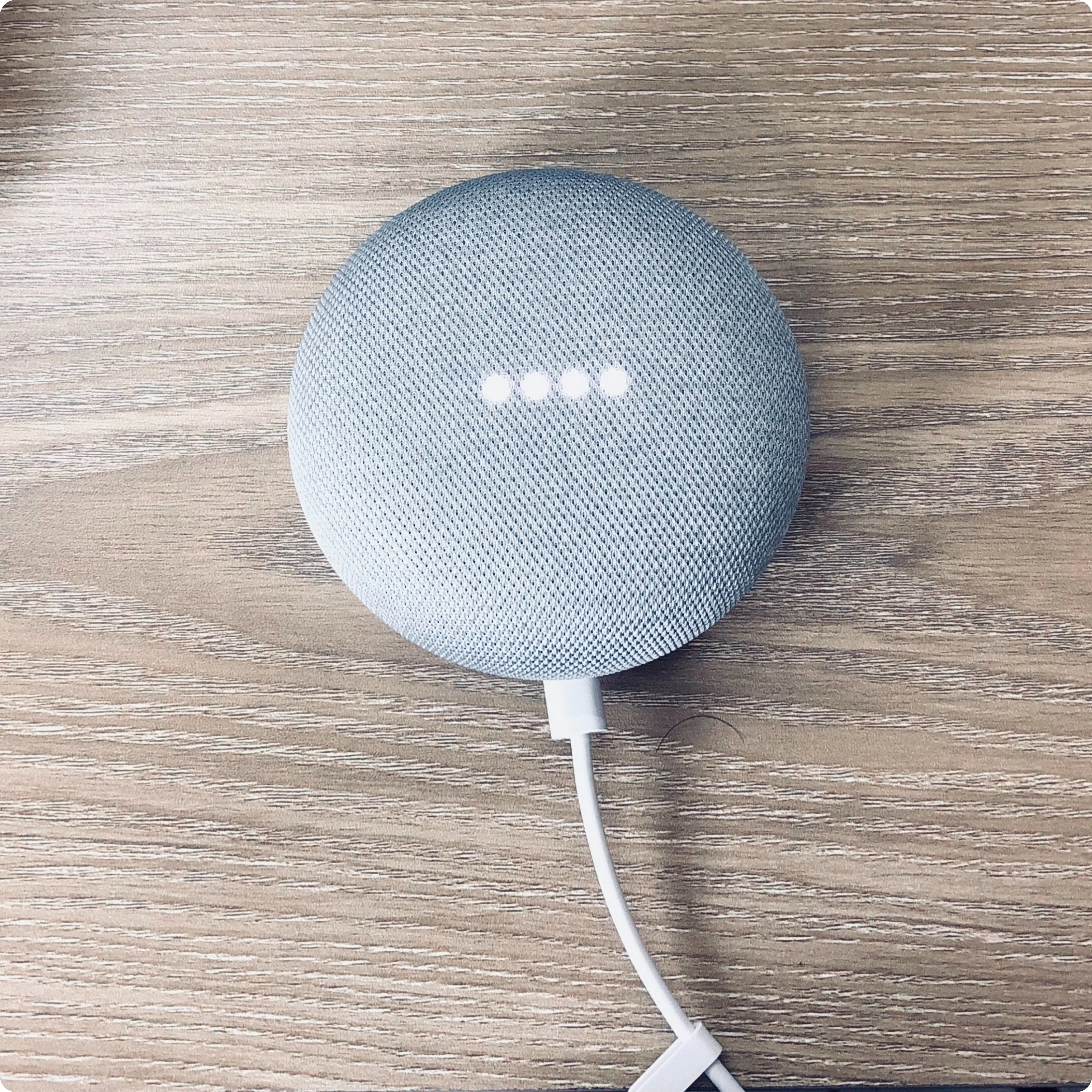Words that sell
E-commerce store owners don’t have an easy life. Our work is simply never done! Because, even when every order has been packed and shipped, every customer question has been answered and every fire has been put out, we can’t just sit back and chill out. Because we want to grow our sales, and that’s an infinite quest.
There is always something we can do better: something we can optimise, fine-tune, A/B test, improve and… hmmm, how about offering delivery by time machine, so that orders arrive before the customer has even clicked ‘Add to cart’?
A lot of optimisation efforts focus on design and UI: after all, stores and online stores are inherently visual places. But if you look at companies that truly rule the school when it comes to e-commerce, you will notice that they pay a lot of attention not just to visuals, but to words as well.
There are many aspects to impactful e-commerce text (officially called “copy”) for your webshop. To make it easier, we are presenting tips in a two-part series so information is manageable and not overwhelming. (And without having to take a four-week in-depth course in conversion copywriting.) Let’s dive right in!

Is the copy clear, helpful and human-friendly?
If you are like most online store owners, your website copy was not all born in one beautiful, well-thought-through piece. It’s more like a twenty-year-old car: almost every single part has at some point been replaced, repaired, repainted or refitted by you and other people, and not all of them were qualified mechanics.
You may think it’s still in great shape, simply because you’re so used to it: you know where things are, and are intimately familiar with all the weird little creaks and squeaks. For that reason, you can’t judge your own store copy objectively.
Instead, let someone else take it for a test drive — even if it’s just a couple of friends or family members that you trust to be honest and helpful.
There is also a simple but effective test you can run yourself: read all your copy out loud. Are there expressions and sentences you can’t imagine saying to a customer in person? Does any of it sound like it was written by a robot for other robots?
If the answer to one or both of those questions is ‘yes’, you’ve got some editing to do. Repeat this exercise again when you’re done, until all of your copy (including delivery and returns instructions) sounds human, natural and simple: just like what you would say to your customers in a physical shop.
Please note that you definitely will get funny looks if you do this in a public space such as a café, but don’t let that stop you: you are doing this for the benefit of all online-shopping humanity, not just your sales figures. And it’s always a good idea to run a spell check at the end: typos and grammar mistakes aren’t great for building customer trust.
Learn from: Away.
This luggage and travel brand uses helpful, conversational copy to build trust with customers. Their writing is both informal and informative, making it easy for people to find what they’re looking for and make a purchase.

Is your Tone of Voice consistent?
If you think of your brand as a person, what kind of person is it? And does that personality come through in the way you talk to your customers online? Giving your copy some personality goes a long way towards building trust and relationships with your webshop visitors. It’s one of the ways you can differentiate yourself from your competitors, attract the type of people you want to attract, and turn one-time buyers into loyal fans.
When it comes to tone of voice (TOV for short), consistency is key. For example, if the overall tone of your copy is conversational, friendly and perhaps even playful, you should apply it to every last bit of copy, including the Terms and Conditions — otherwise your store will end up sounding like a broken down radio that keeps switching between channels.
Learn from: Glossier.
This cult beauty brand uses colloquial and playful language throughout the site to bring personality and excitement to the shopping experience. As well as being informal, the copy is informative, helping customers understand the benefits of each product. And, while the products are the main stars of the show, the brand itself is present throughout, by cleverly weaving its story, attitude and approach to beauty into every element of the website.

Have you A/B tested your copy?
Which call to action (CTA) is more likely to persuade your webshop visitors to click the magic button next to a product: ‘Buy now’, ‘I want this’, ‘Add to cart’, or ‘Grab it’? Since you can’t get inside their heads (we’re pretty sure that would be illegal), you won’t be able to guess the right answer. That’s where A/B testing comes in. No telepathy or fortune-telling required: this tool lets you test-drive different versions of your copy (and design, of course) to find out what works best.
It’s a great tool to help you continually refine and optimise your copy, so it’s no surprise that the smartest e-commerce brands use it a lot. Marketing experts also look at the position of the CTA button and its style, but as with testing the copy for the CTA— and anything else on your webshop— it’s important to create an experiment.
What will you be testing is the first question? Headlines, CTAs, product category names? And yes, there are tools to help you. When considering applying A/B testing, there are tools that will randomly deliver one version of your page or the other to your visitors, and there are tools that monitor the results for each page (which also keeps track of which page the visitor was shown). Some tools handle both goals. One of the best tools out there is Optimizely, according to Neil Patel marketing guru (who also offers a helpful beginner’s guide to help “double your conversion.”)
Learn from: Etsy.
The ever-growing marketplace is open about their use of experimentation to improve their decision-making process. They use A/B testing whenever they launch new features or just polish the look and feel of the site. And they frequently write about this process in various online publications, so you can steal their homework.

Copywriting as a salestool!
Copywriting is a powerful tool for making your online store stand out and sell more. The right words can help you achieve even the most ambitious e-commerce goals. Copy can make or break the customer journey and therefore your business success — so you’d better get it right. And while we’ve covered a lot of ground today, we hope you don’t feel like it’s an Everest-sized task. Just take the steps you need to take one at a time, and before you know it, your e-commerce store copy will be in the best shape of its life — mark our words.

Samara H. Johansson
Content Manager, Nets E-Commerce
With 15+ years of experience in strategic marketing and communications roles, for Nets I focus on presenting e-commerce market insights in a way that is easy to understand and practical.
- Topics



